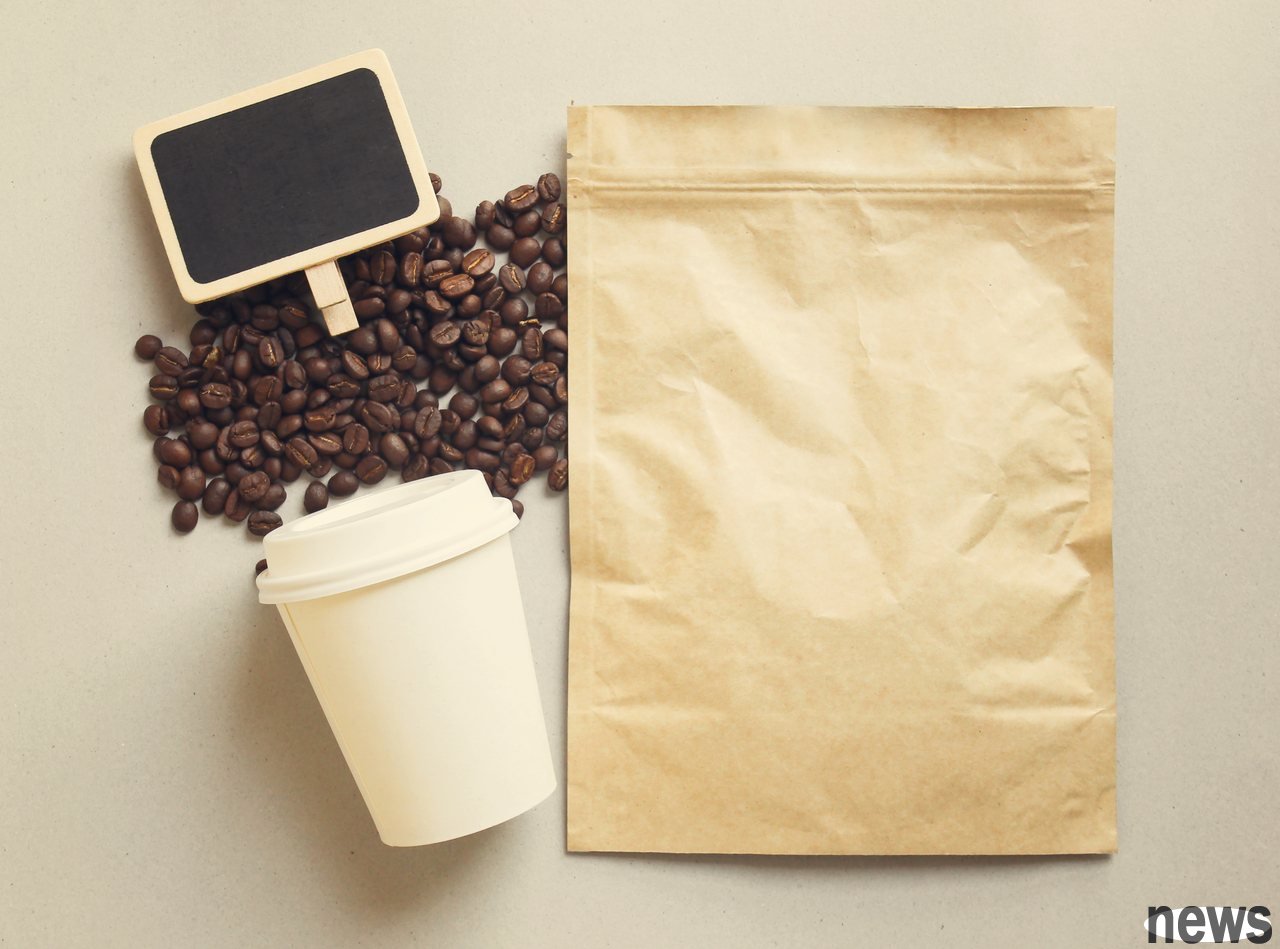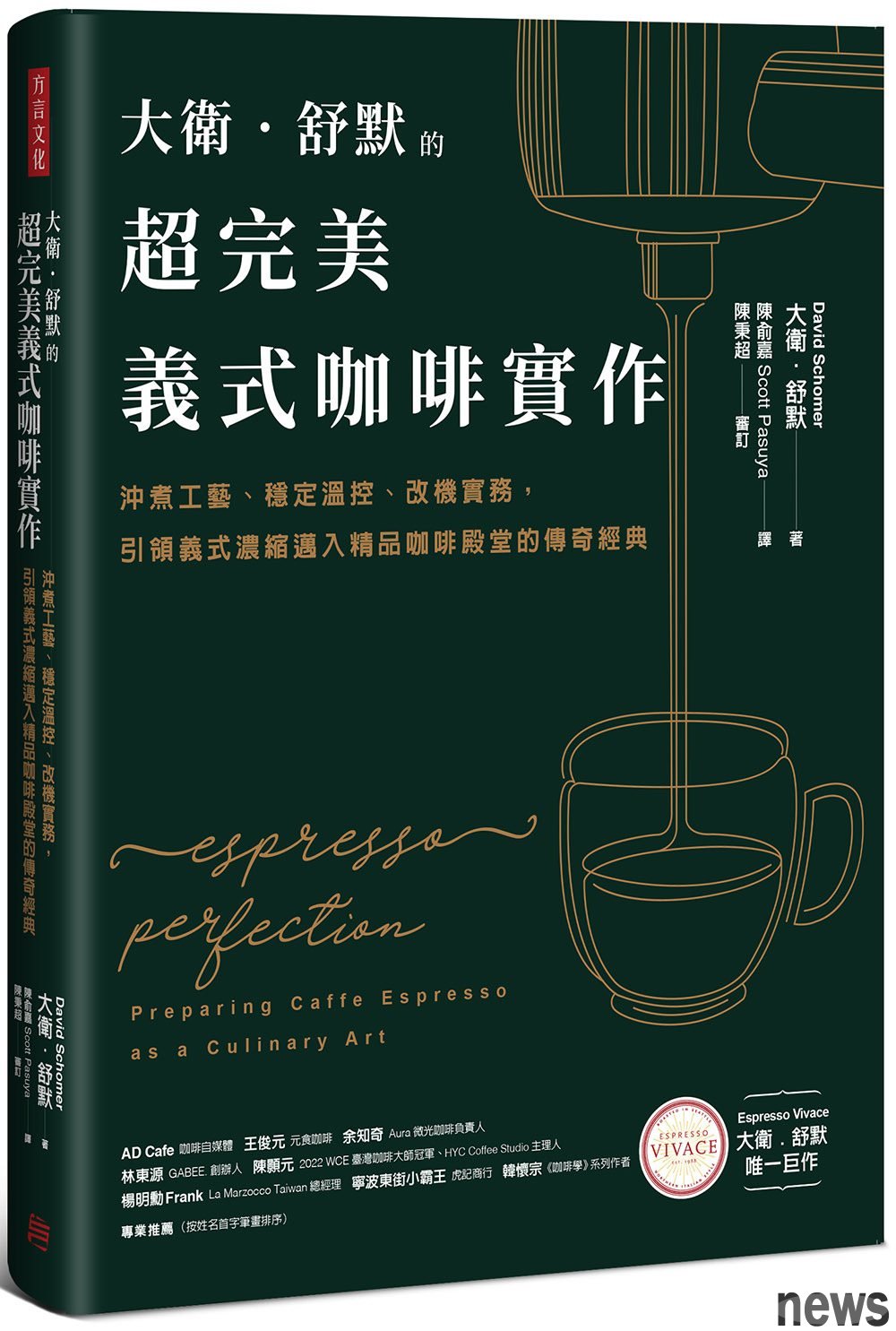 The impact of air
The impact of airThink about it, a batch of just roasted coffee beans is the same as freshly prepared bread. Under ideal storage conditions, roasted coffee beans will not last more than ten days. You have to use it quickly or you will lose it in the next ten days. This is the rule of everything.
Among all coffee making methods, freshness is the main factor that dominates the quality of coffee in the cup. This is especially true in the case of Italian coffee. The freshness of beans is the main key to creating mellow Cerrima. When the coffee flows out of the machine, you can see at a glance that the coffee beans used during this extraction are fresh or old. Compared to fresh coffee beans, thick and dark brown Cerma, the Cerma of Chen Cerma is thin, watery and light in color, which also shows the best flavor content.
As mentioned above, to determine whether the extracted appearance is pure because the coffee beans are not fresh, it must be based on the premise of "successfully controlling other factors". Otherwise, uneven cloth powder and pressure filling, or the use of a rotten grinder blade will cause the extracted coffee to become thin and watery.
What I want to emphasize is: Please use your coffee beans within ten days after roasting.
The short-term coffee bean storage technology is similar to the way of wine storage: please save the coffee beans in the original packaging and place them in a yin and dark place. In general, people will put the coffee beans that have just been roasted from the roaster into a plastic food storage jar that can be added. But roasted coffee beans cannot be stored for a long time, so please use them up within ten days. Refrigerate the beans and extend the shelf life slightly by several days. If your roaster is very concerned about freshness, he/she will mark the roasting date on the coffee package you receive, which is called a public date tag.
In addition, a good roaster will immediately pack the cooked beans after the roasting is completed, thereby making full use of the carbon dioxide emitted by the coffee beans at this time. The roasted coffee beans will emit carbon dioxide, which is also a by-product of roasting, namely the plum reaction mentioned above. This will produce carbon dioxide, caramel, compound ketones and heat, etc. (because roasting is a "hot" chemical reaction, which means it will produce heat in its final stage) — if the roasted coffee beans cannot be put into a cold plate and fan-cooled, it will have the chance to burn it on its own! In fact, freshly roasted coffee will release 85% of carbon dioxide within ten hours after roasting. Please fill these CO2 into the bag thoroughly.
The importance of this carbon dioxide release is that it forces other air in the bag to discharge and prevents the coffee beans from oxidizing. In a sentence, when cooked beans are exposed to air, such as opening a few times and pouring out coffee beans, it may cause cooked beans to change overnight. It is recommended that you "scoop out" coffee beans from the bag instead of pouring them, which will help protect the quality of cooked beans. This is because carbon dioxide is heavier than air. When you pour out coffee beans, the carbon dioxide will be poured directly into the bean tank. You can imagine the action when pouring out liquid from the jar. (However, like many factors affecting the quality of coffee, coffee beans exposed to air actually change due to other variables, such as air temperature and humidity; high and low humidity can greatly accelerate oxidation.)
Decaffeine and FreshnessAt the Vivac Café, we use Sidamo from Ethiopia as decaffeine. And the work of decaffeination was commissioned to Swiss Water, based in Vancouver, Canada, and they had to say that they did this task very well. Use this coffee bean to create one of my favorite coffees. (One of my drink partners said that our caffeine-de-sized celadons look like fruit-flavored lollipops ⋯⋯I know this is a bit strong, but this bean does have its own unique light sweetness and is different from caramel).
When removing caffeine, it will destroy the cell wall inside the coffee beans, but the whole process is as mysterious as if it is completely impossible to happen. The specific method is as follows: First, you have to soak the green coee beans in water until the ketone compounds and caffeine are fully dissolved (please let me continue to use beer language, calling it "coffee meat sprout" ¥coee wine) . Next, the technician will process the solution to remove caffeine and soak the coffee beans in the coffee malt sprout until the coffee beans reabsorb the complex ketones. When I first heard the above process, my reaction was "Well, I should handle it like this if I hear it... It should." But Swiss Water Company is indeed professional. The coffee beans after this treatment have a mellow taste and have a unique sweet taste, but they can still be clearly identified as Ethiopian Sidamo.
During the removal of caffeine, the cell walls in the coffee beans are damaged, which will accelerate the penetration of the flavor materials to the bean surface after roasting. If the storage conditions are similar to those of ordinary coffee beans, you will see oil on the caffeine-deprecated coffee beans within four days after roasting. At this time, please refrigerate the roasted coffee beans and use them within five days.
As soon as the fifth or sixth day after baking, when the bean surface begins to peel off oil, the Crima during the extraction process will lose very quickly. With that in mind, it is recommended that everyone ask the roaster to put the decafencing beans in a 2-pound bag, then put the bag in an airtight container and refrigerate. Put the decaféed coffee in room temperature before grinding.
※ This article is excerpted from "Dahua". Schumer's super perfect coffee production: pulping techniques, stable temperature control, and modification operations, leading to the legendary classic that enters the fine coffee hall.

"Dahua. Schumer's super perfect coffee production: pulping techniques, stable temperature control, and modification practice, leading to the legendary classic that enters the fine coffee hall"
Author: David. Shumo
Translator: Chen Yujia
Publisher: Dialect Culture
Publication Date: 2023/03/10
Responsible Editor: Gu Zihuan